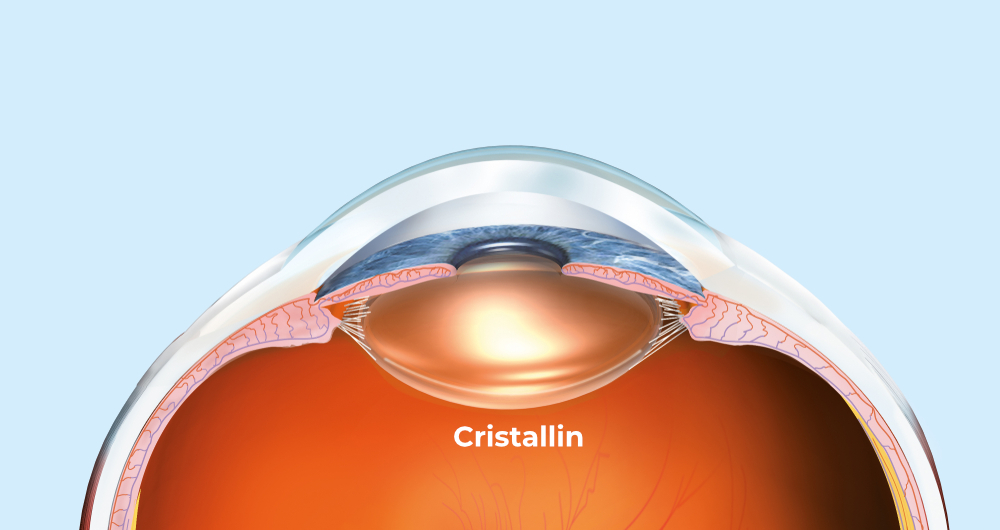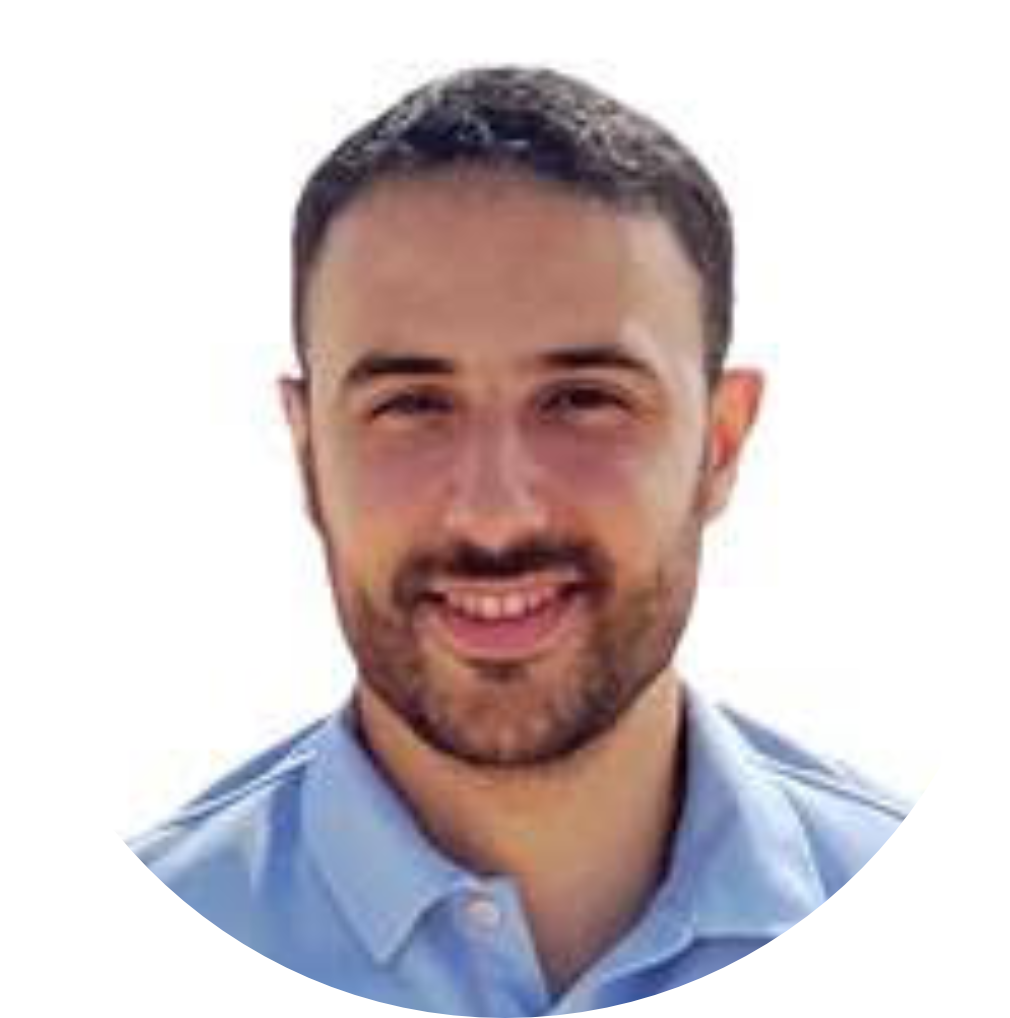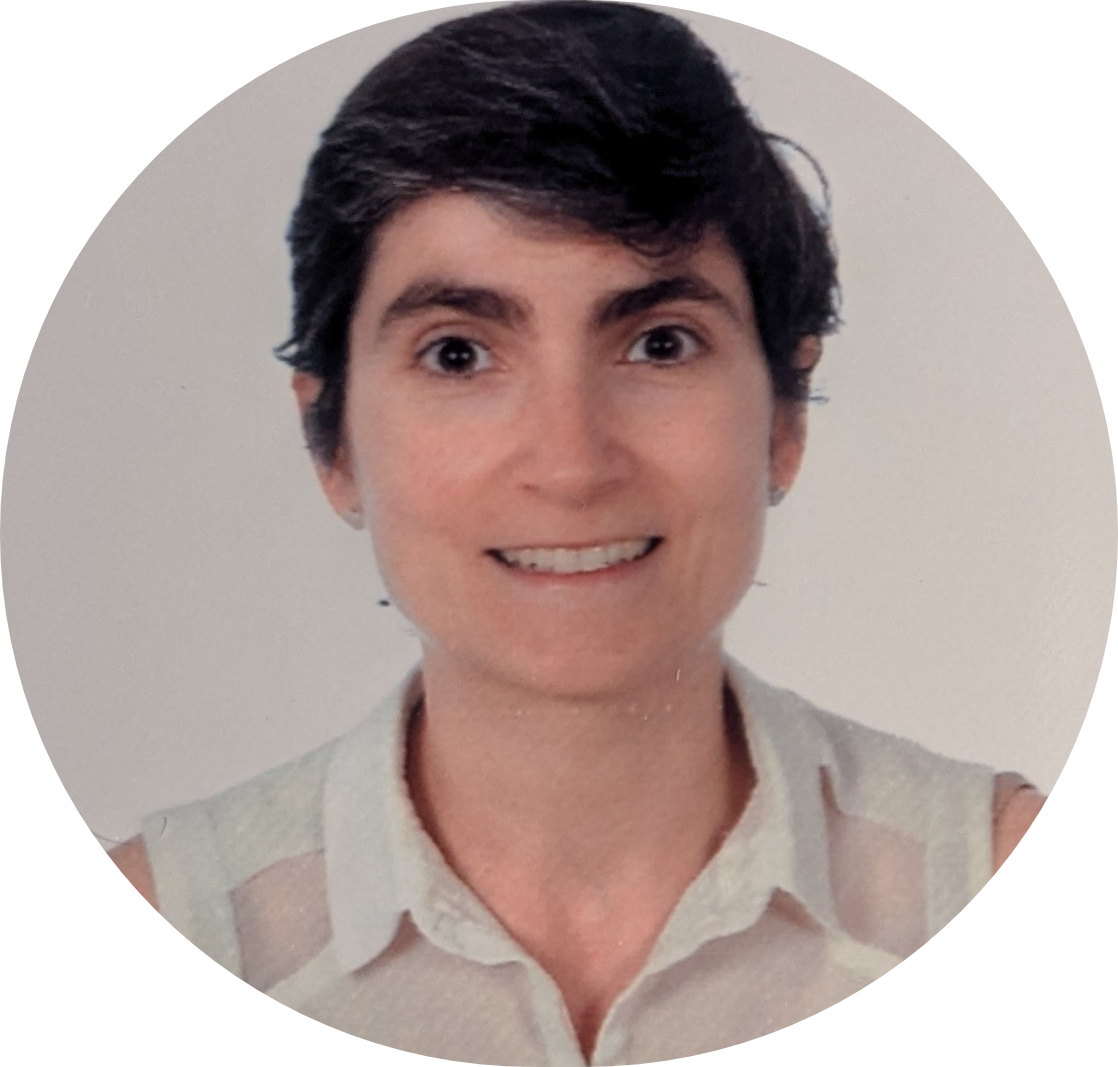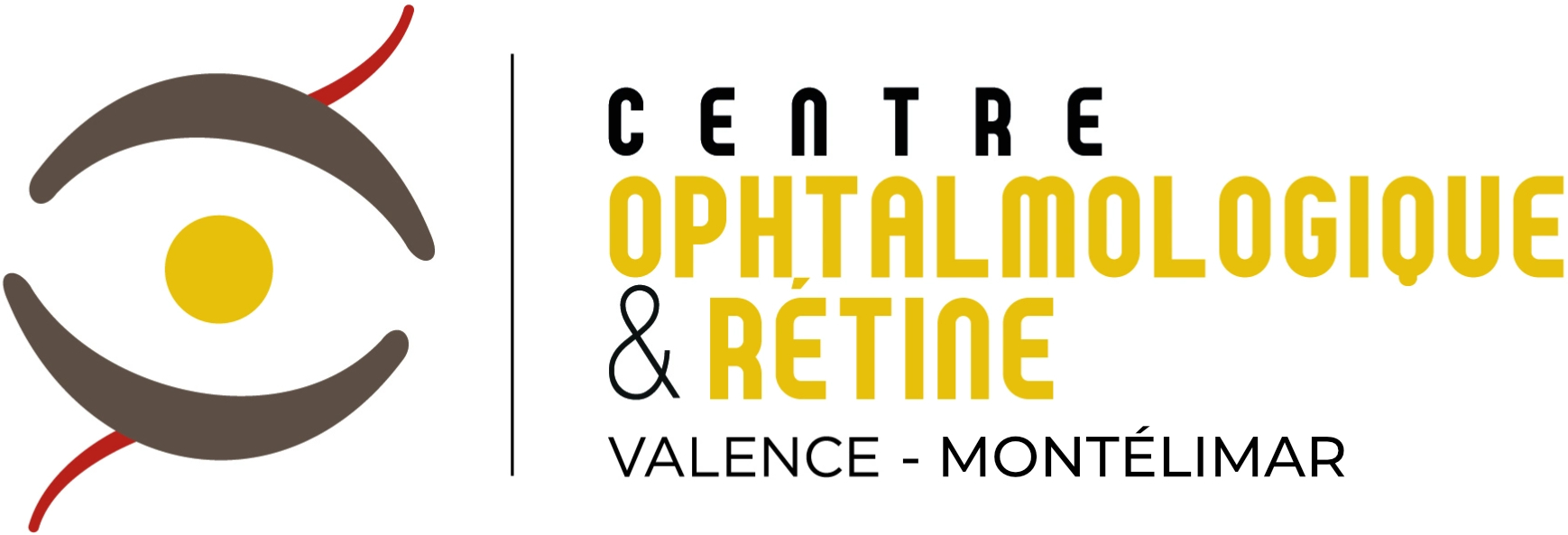Surgery
Cataracts
The crystalline lens is a natural lens located just behind the iris. It enables the eye to adapt so that it can see clearly at close range, especially when reading, or for any other activity requiring close-up vision. Over time, it gradually loses its transparency and becomes opaque.
Once a cataract has begun, regular follow-up is important to avoid total blindness.
The different symptoms
- Progressive decline in near and, especially, distance vision
- A sensation of glare from bright lights (car headlights when driving at night or in bad weather)


Surgical treatment
Cataract surgery
Cataract is an anatomical alteration of the crystalline lens for which surgery is the only treatment option. The surgeon replaces the clouded lens with an artificial lens, also known as an intraocular implant.
Before each operation, the ophthalmologist performs a fundus examination to ensure that there are no retinal anomalies or other contraindications.
This is a very common operation, and the most widely performed in France.
- Fast operation (between 15 and 30 minutes)
- Painless (local anaesthetic)

Implant types
Intraocular implants
Monofocal implants
These traditional implants correct distance vision (myopia or hyperopia) and offer excellent visual quality.
Multifocal implants
These Premium implants correct both distance and near vision (presbyopia), and are indicated for patients without astigmatism.
Operation sequence
Cataract surgery
Preoperative examination :
During the pre-operative examination, the ophthalmologist performs a complete visual assessment to calculate the power of the implant and ensure that there are no contraindications. A consultation with the anaesthetist is also held prior to the operation.
Operation - removal of the natural lens
First, under local anaesthetic (total in rare cases), the surgeon makes a small incision in the front of the eye. A probe is then inserted to fragment and aspirate the opacified lens.
Surgery - implant placement (artificial lens)
In a second step, the intraocular implant (artificial lens) is inserted into the eye to replace the opacified crystalline lens.
Post-operative follow-up :
The patient must attend each post-operative appointment, usually within 1-2 weeks of surgery, and then again at 1 month. They must scrupulously follow the post-operative treatment (eye drops) prescribed by the surgeon. An improvement in visual acuity is visible from the very first days.
Our specialists
The medical team
A complementary medical team comprising ophthalmologists, eye surgeons
, orthoptists, assistants, nurses and biomedical secretaries, covering
various sub-specialties in the field of ophthalmology.

Ophthalmologist
Medical Director
HAOUAS Maher
Valence
Eye diseases
- Treatment of visual disorders in children and adults
Anterior segment surgery
- Cataract surgery
- IVT
- Retinal surgery
Ophthalmologist
BOEDA Sylvain
Montélimar
Eye diseases
- Treatment of visual disorders in children and adults
Anterior segment surgery
- Cataract surgery
- IVT

Ophthalmologist
BAKKALI Mohamed
Montélimar
Eye diseases
- Treatment of visual disorders in children and adults
Anterior segment surgery
- Cataract surgery
- IVT

Ophthalmologist
CAMACHO Irène
Valence
Eye diseases
- Treatment of visual disorders in children and adults
Anterior segment surgery
- Cataract surgery
- Glaucoma treatment

Ophthalmologist
OSUNA Véronica
Valence
Eye diseases
- Treatment of visual disorders in children and adults
Anterior segment surgery
- Cataract surgery
Make an appointment
How to choose the right reason for consultation?
In case of emergency, we recommend calling in advance:
Valence: 04 75 75 02 40 Montélimar: 04 75 97 22 51
However, the medical and paramedical team reserves the right to set an emergency response time of between 0 and 7 days, depending on the reason for consultation.
FAQ
We take all your questions into consideration.
Don’t hesitate to contact us by e-mail at ophtalmovalence@gmail.com
What is the earliest age at which a person can develop cataracts?
Cataracts generally begin at the age of 65, but can also occur at a younger age as a result of metabolic diseases such as diabetes, prolonged use of corticosteroids or eye trauma.
Is cataract surgery painful?
Thanks to local anesthesia (or total anesthesia: very rare), using eye drops, the patient feels no effects during the operation.
No hospitalization is required, and the patient is back home the same day.
What precautions should be taken after the operation to avoid any risk of infection?
The patient receives a treatment follow-up chart to help with the post-operative protocol. Here are the precautions to follow, for one month after the operation, to avoid any risk of infection:
- Keep protective shell on until doctor's advice
- Do not rub your eyes
- Keep dusty environments to a minimum
- Finally, avoid exposure to water during water sports activities.
